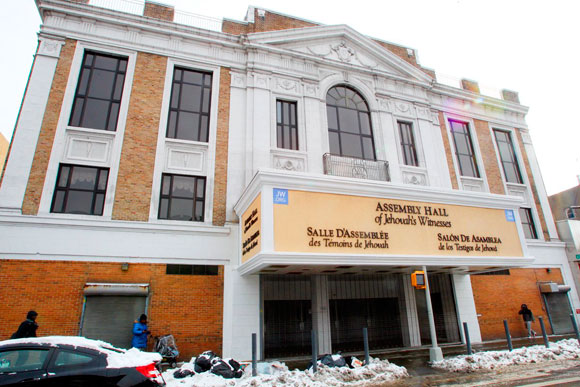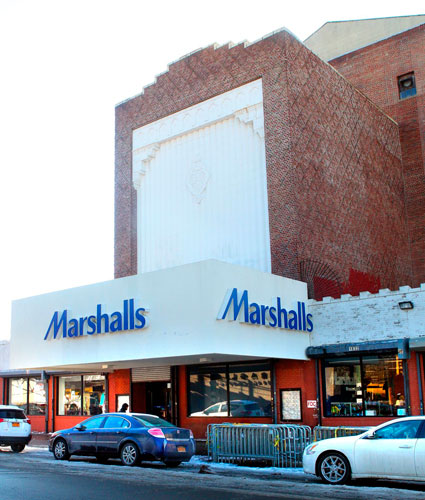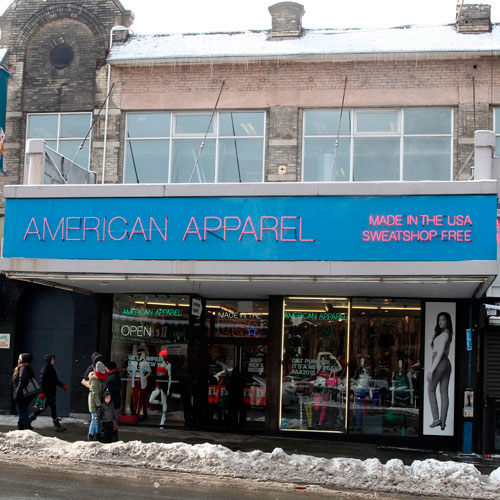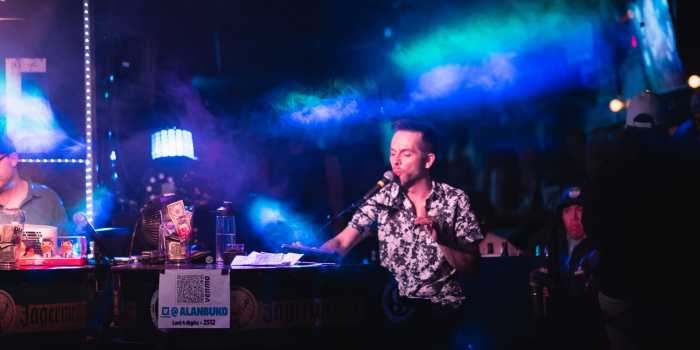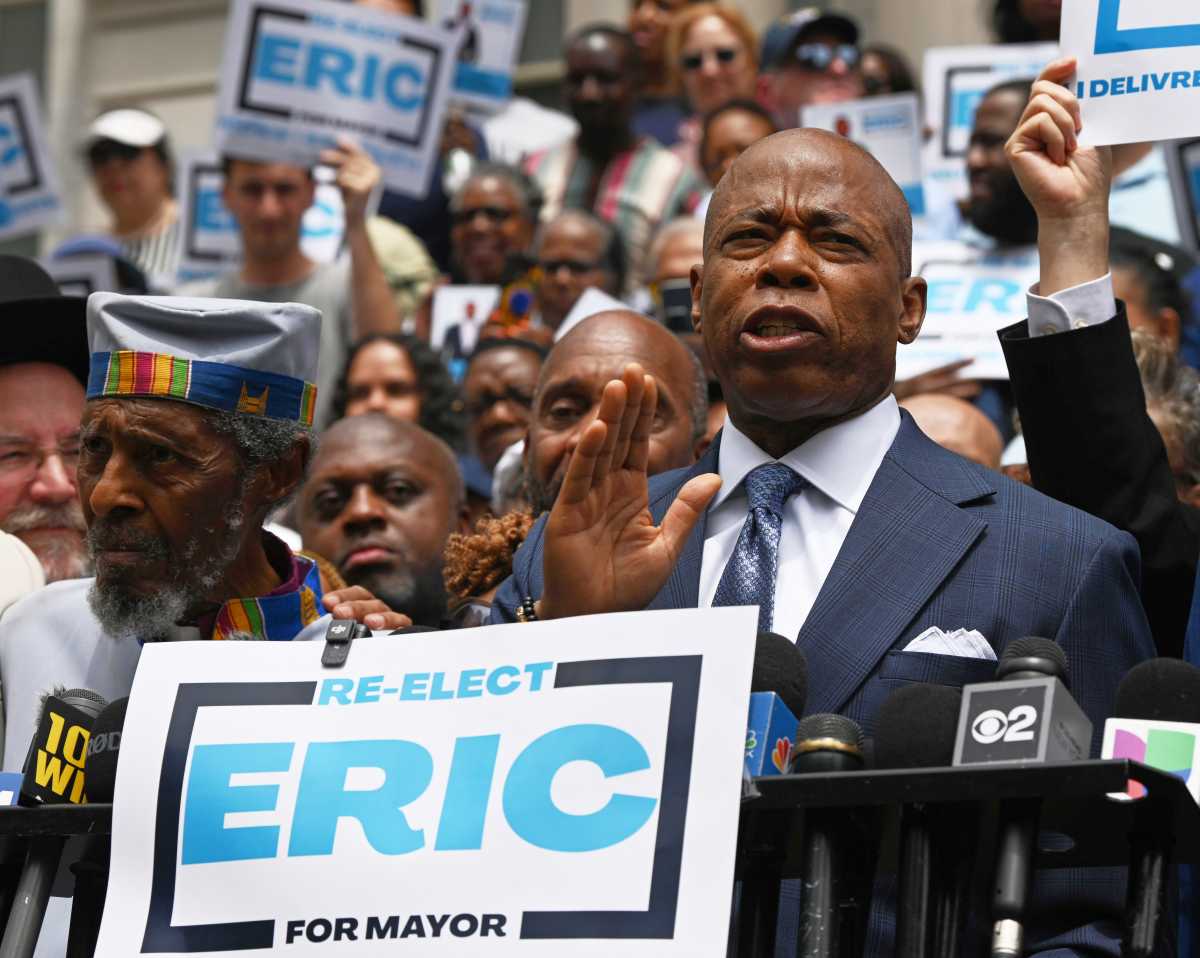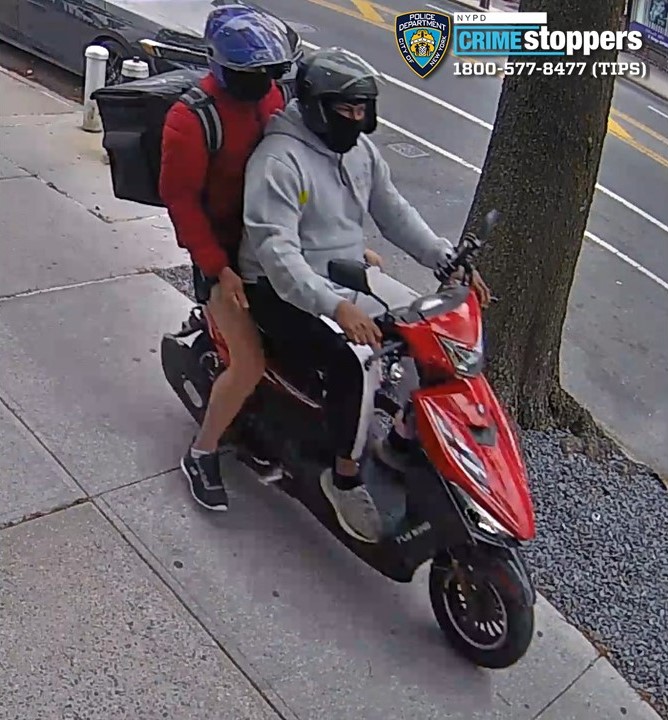Flatbush’s Kings Theatre roared back to life this week, just days after news broke that Fort Greene’s Paramount Theatre is on track to reprise its role as a gilded performance hall after a half-century as a Long Island University gymnasium. But for every story like these — and they don’t come along very often — there are a dozen grand old theaters hiding in plain sight, having taken on new identities as rug shops, mega-churches, and Modell’s Sporting Goods stores. We at The Brooklyn Paper love an old theater, so we figured we’d take this opportunity to share a taste of some of the picture palaces that are hiding in plain sight, including two within a block or so of the Kings.
Plaza (later Flatbush Pavilion)
314 Flatbush Ave. between Carlton Avenue and Park Place
Built in: 1912
Closed in: 2004
Now houses: An American Apparel store
Fun fact: Originally known as the Bunny Theater after its founder, silent-film star John Bunny. It also did a stint as a porn theater.
Loew’s Oriental Theatre
1832 86th St. at Bay 19th Street in Bensonhurst
Built in: 1927
Known for: Its vaudeville performances and lavish, faux-Asian decor
Closed in: 1995
Now houses: A Marshalls department store
Fun fact: By the time it closed, the theater’s grand main room had been divided up twice. The 2,700-seat theater was split between its upper and lower levels in 1977, making it a two-screen operation, and in 1984 the balcony was again chopped in two, making it a triplex.
Albemarle Theatre
973 Flatbush Ave. at Albemarle Road
Built in: 1921
Closed in: 1984
Now houses: A Jehovah’s Witnesses hall
Fun fact: The marquee advertised the 1982 movie “Creepshow” for years after a fire damaged the theater and forced it to close.
Rialto Theatre
1085 Flatbush Ave. at Cortelyou Road
Built in: 1916
Closed in: 1976
Now houses: Cortelyou Road Church of God
Fun fact: During the era of silent movies, the theater employed a small orchestra and organist to accompany films and play during intermission.
